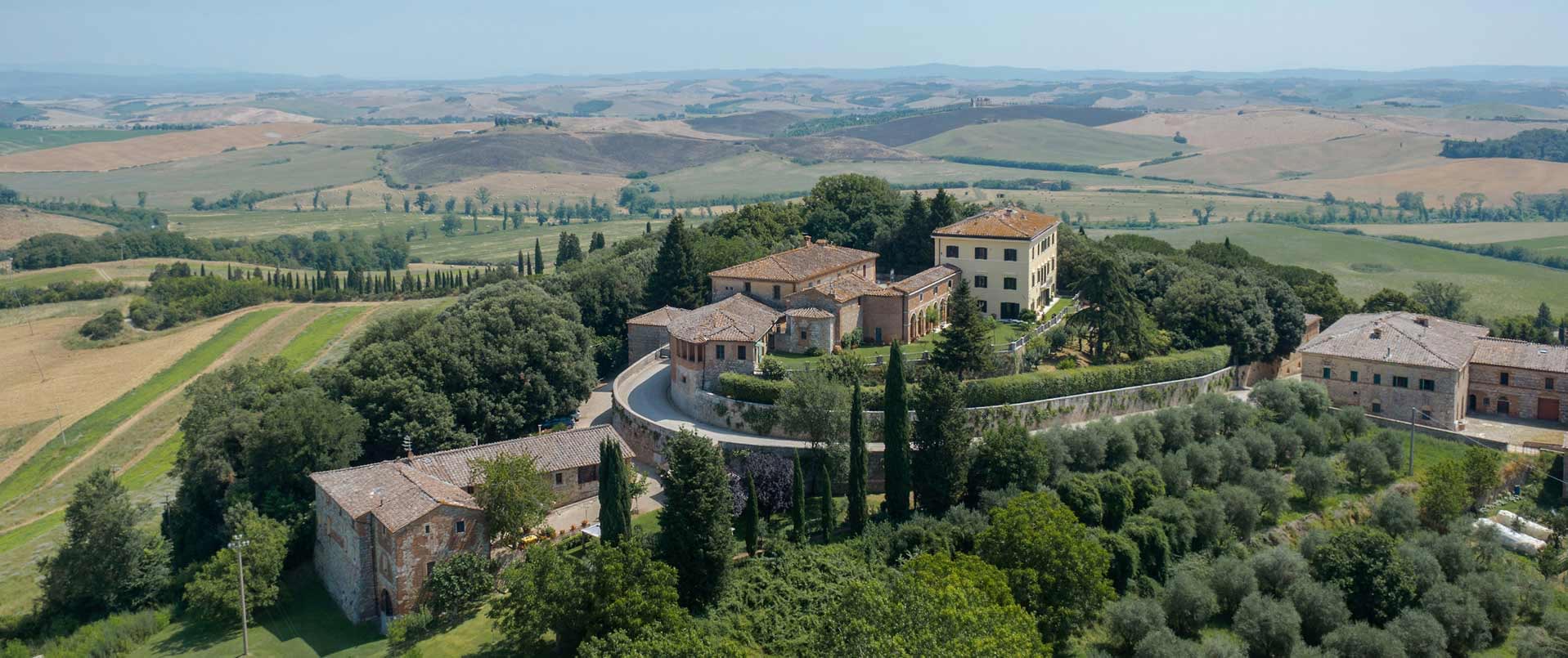
Palazzo Grauso, once the guesthouse of the adjacent Palazzo del Canonico Giovan Battista Novelli (1764), stands in the historic centre of Marcianise. The building was renovated in 1900 by pharmacist Eugenio Grauso, who moved there in 1914, opening his pharmaceutical laboratory at street level while living with his family on the first floor, which he adorned in the late 19th-century Art Nouveau ‘Liberty’ style.
Upon entering from the street and passing through the entrance hall, you reach the courtyard garden, furnished with cast-iron elements from another Grauso residence located in San Leucio in Caserta, where the family, originally from the Netherlands, had moved at the end of the 18th century to establish a silk company (which was awarded the bronze medal at the 1878 Universal Exposition in Paris).
On the first floor, which is accessed through a large, bright staircase, there is a sequence of rooms decorated with 19th– and 20th-century furniture. The ceiling of the Salon of Aurora was painted in 1914 by Luigi Taglialatela (Giugliano 1877-1953). Portraits of the founders of Grauso’s silk mills adorn the walls of the study, while delicate botanical illustrations featuring ‘Camellia Japonica’ enrich the walls of the red dining room. The residence has a cosy, intimate and refined atmosphere: the early 20th-century coloured cement floors are perfectly preserved, while the original silk curtains produced by the Grauso company are all still in place, as is the boldly coloured wallpaper.
The kitchen has a masonry cooking area covered in white and black glazed tiles and is still fully functional. From this room, you can access the charming loggia, which is particularly enchanting in spring, when it is surrounded by wisteria trellises and enveloped in the scent of jasmine. At the far end, a marble statue of Narcissus is reflected in the water of a semi-circular basin.
 Co-Working
Co-Working
 Film sets
Film sets
 Private events
Private events
 Residences
Residences
 Visits
Visits
 Weddings
Weddings
 Cultural tourism
Cultural tourism  Historic Homes open to visitors
Historic Homes open to visitors